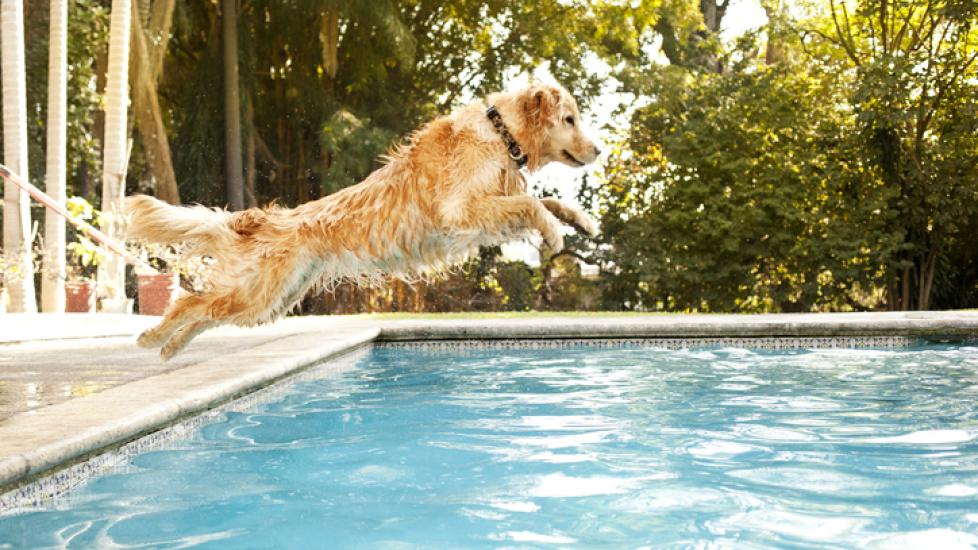In the world of pets, dogs hold a special place in our hearts as loyal companions and members of the family. While their playful antics bring us joy, it’s crucial to understand how to care for them when they sustain injuries such as sprains and strains. These common yet painful conditions can affect any dog at any age, regardless of breed or activity level. It is essential to recognize the signs, seek veterinary attention promptly, and implement appropriate treatments to ensure your furry friend makes a swift recovery.
A sprain occurs when there is a stretching or tearing of ligaments—the tough bands of tissue that connect bones together within a joint. On the other hand, a strain refers to an injury sustained by muscles or tendons (which attach muscle to bone) due to overstretching or overexertion. Both sprains and strains are often caused by sudden movements that exceed the normal range of motion or repetitive activities leading to gradual wear and tear. Common areas affected include the knee, elbow, wrist, ankle, back, and hip joints.
Signs of a Sprain or Strain:
– Limping or lameness
– Painful movement or reluctance to move the affected area
– Swelling around the injured site
– Muscle weakness or stiffness
– Decreased appetite or energy levels
If you suspect your dog has suffered a sprain or strain, immediate action should be taken. Here are some steps to follow:
-
Restrict Movement: Keep your dog quiet and confined to a small space with access to food, water, and a comfortable bed. Avoid allowing unnecessary movement until you have consulted with a veterinarian.
-
Apply Ice Packs: Use a soft towel or cloth to wrap ice cubes or frozen peas and apply gently to the affected area for 15 minutes several times a day. This will help reduce swelling and pain.
-
Administer Pain Medication: If recommended by your vet, give your dog non-steroidal anti-inflammatory drugs (NSAIDs) like carprofen or meloxicam to alleviate discomfort. Always follow dosage instructions carefully.
-
Seek Veterinary Care: Make an appointment with your pet’s regular doctor or visit an emergency clinic if symptoms worsen. The vet may perform X-rays to rule out fractures and provide a definitive diagnosis before prescribing treatment.
Treatment Options:
– Physical Therapy: Range-of-motion exercises and underwater treadmills can help restore strength and flexibility once inflammation subsides under close supervision from a professional therapist.
– Cold Laser Therapy: This low-level laser therapy stimulates healing processes without causing thermal damage, making it particularly beneficial for treating soft tissue injuries.
– Braces or Supportive Devices: In severe cases, custom braces might be necessary to immobilize the affected joint while it heals.
– Rehabilitation Programs: Tailored exercise regimens guide owners through step-by-step progressions designed to rebuild strength gradually after complete rest periods.
Prevention Strategies:
– Regular Exercise: Maintain a balanced fitness routine suitable for your dog’s breed and condition; avoid excessive jumping, running on hard surfaces, or forced agility drills without proper warm-up/cool down cycles.
– Weight Management: Overweight dogs put additional stress on their joints, increasing susceptibility to sprains and strains; consult with a nutritionist regarding diet adjustments.
– Proper Training Techniques: Educate yourself about positive reinforcement methods rather than using force or punishment during obedience lessons which could lead to fear aggression or misunderstandings between owner and animal.
– Supplements & Nutraceuticals: Consider adding glucosamine supplements into your pet’s daily regimen since these products support healthy cartilage growth while reducing inflammation naturally where applicable according to individual needs determined via consultation with qualified professionals only!
By recognizing potential risks associated with high-impact sports participation among certain breeds whose genetics predispose them towards specific types of injuries coupled alongside providing adequate rest periods post-activity along with maintaining overall health status including regular checkups plus vaccinations against contagious diseases – we empower ourselves not just as responsible guardians but also loving advocates ensuring optimal welfare throughout each stage life brings forth whether young puppy days transitioning gracefully into seniority years alike!
